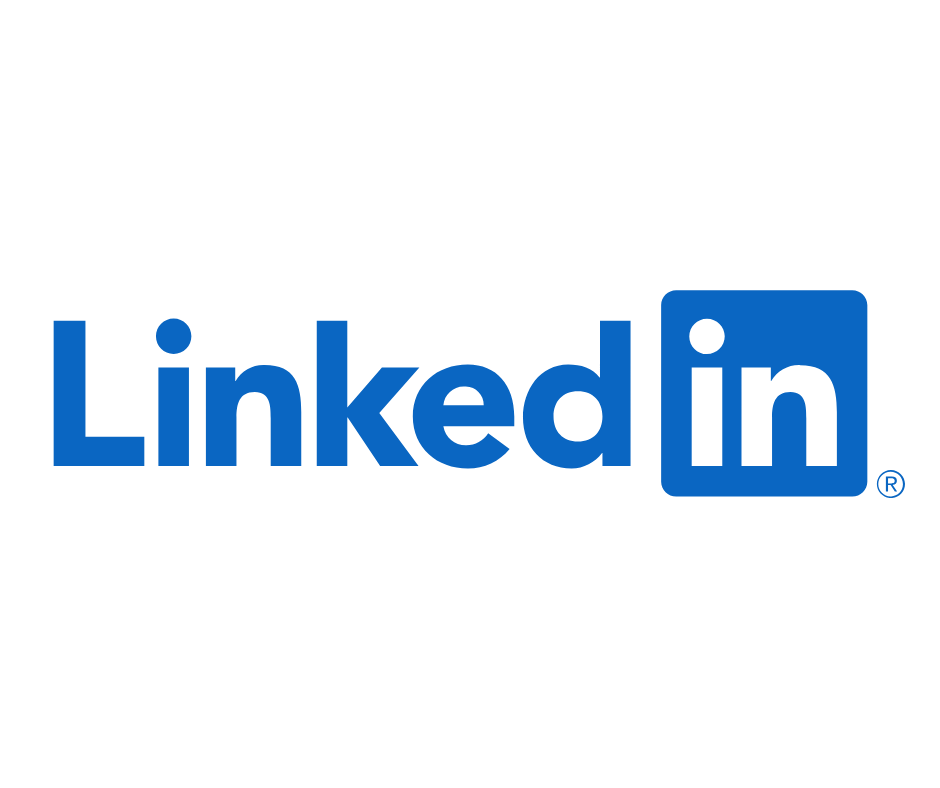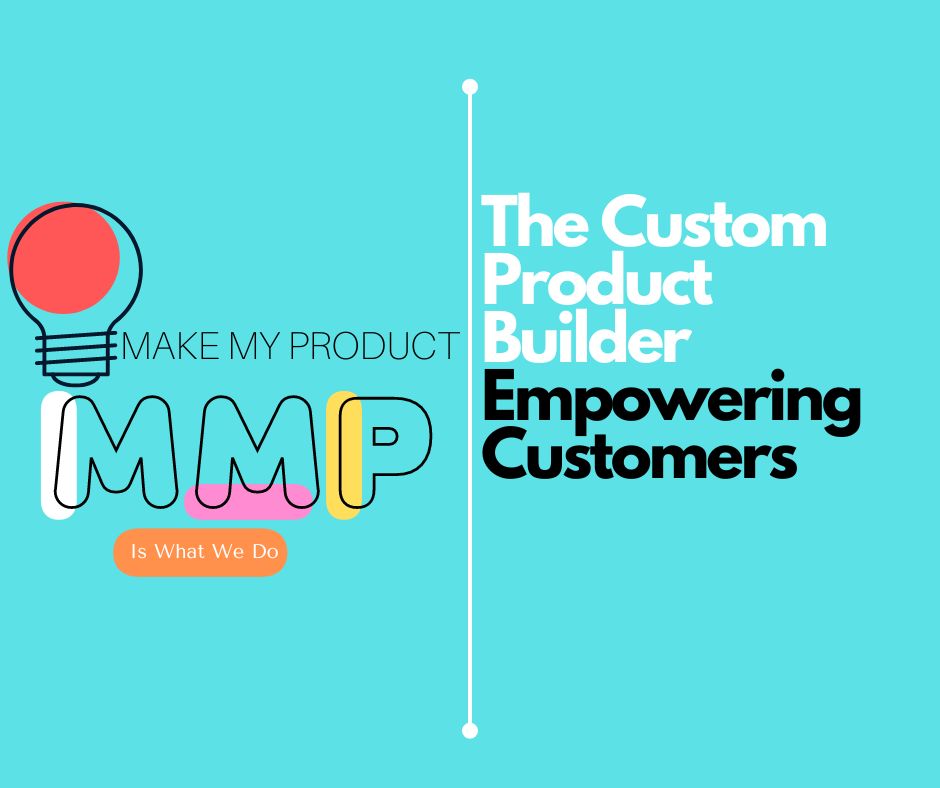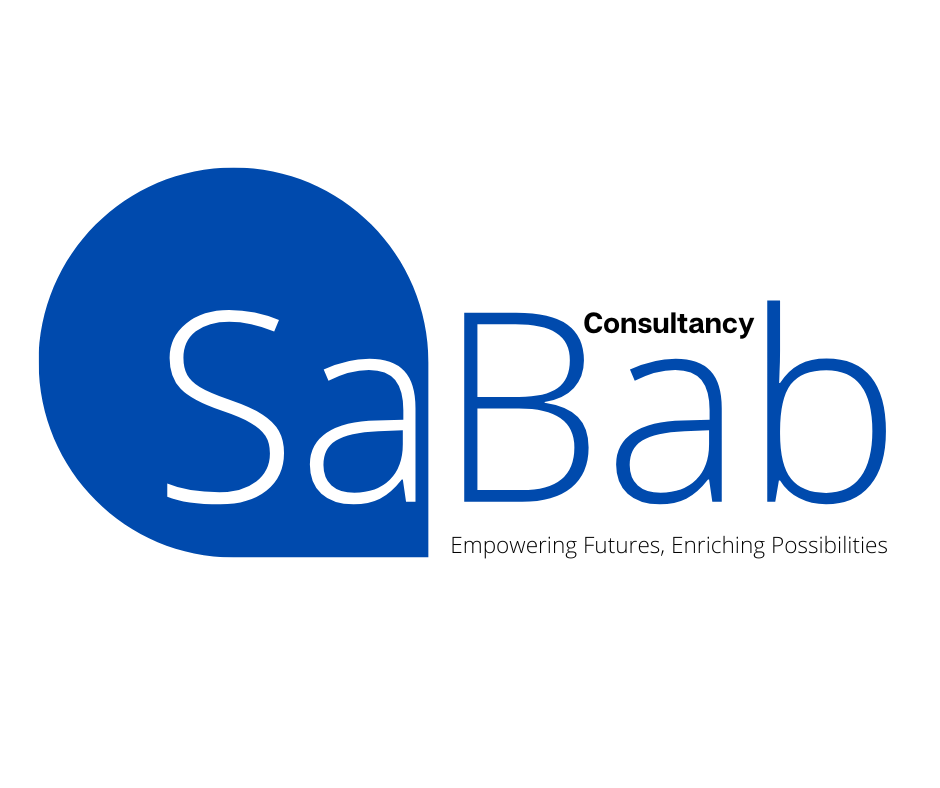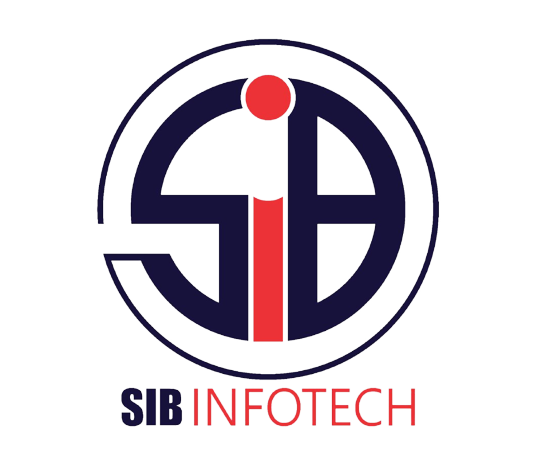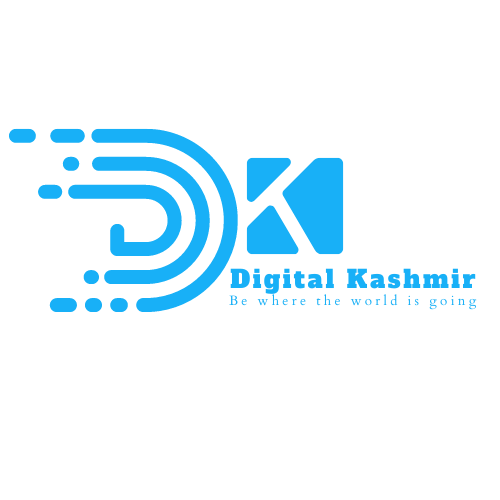In the age of personalization and customer-centricity, offering customizable products has become a powerful way to attract and engage customers. Dr. Bilal Ahmad Bhat, a visionary entrepreneur, understands the value of customization in today’s market. In this article, we explore Dr. Bhat’s innovative concept of the Custom Product Builder and its potential to revolutionize the way businesses interact with their customers.
Understanding the Custom Product Builder
The Custom Product Builder is a digital tool or platform that empowers customers to personalize and customize their own products according to their unique preferences. It allows them to choose from a range of options, such as colors, materials, sizes, features, and more, giving them the freedom to design a product that aligns with their individual needs and tastes.
Dr. Bilal Ahmad Bhat recognized the growing demand for customized products and developed the Custom Product Builder to provide a seamless and enjoyable customer experience. By integrating this tool into their business model, companies can tap into the potential of personalization and enhance customer satisfaction, loyalty, and engagement.
Benefits of the Custom Product Builder
Personalized Customer Experience: The Custom Product Builder empowers customers to actively participate in the design process, resulting in a highly personalized experience. Customers can create a product that reflects their individual style, preferences, and requirements, fostering a strong emotional connection and a sense of ownership.
Increased Customer Engagement: Offering customization options through the Custom Product Builder sparks customer interest and engagement. It creates a sense of excitement and anticipation as customers explore various design possibilities. The interactive nature of the tool encourages customers to spend more time on the website or in-store, increasing their overall engagement with the brand.
Enhanced Brand Differentiation: In a competitive market, the Custom Product Builder sets businesses apart from their competitors. It allows companies to offer unique, tailor-made products that cannot be replicated elsewhere. This differentiation becomes a key selling point, attracting customers who seek personalized solutions and are willing to invest in products that meet their specific needs.
Streamlined Production and Inventory Management: While customization may seem complex, the Custom Product Builder streamlines the production and inventory management process. By offering pre-determined customization options, businesses can optimize their production workflow and manage inventory more efficiently. This reduces waste, minimizes excess stock, and enhances overall operational efficiency.
Valuable Customer Insights: The Custom Product Builder provides businesses with valuable insights into customer preferences, trends, and demand patterns. By analyzing the choices and trends revealed through the tool, companies can gain a deeper understanding of their target audience and make data-driven decisions regarding product development, marketing strategies, and future customization options.
Implementing the Custom Product Builder
To effectively implement the Custom Product Builder, businesses should consider the following steps:
Define Customization Options: Identify the aspects of your product that can be customized, such as colors, sizes, materials, features, or finishes. Determine the range of options available to customers while ensuring that they align with your production capabilities and cost considerations.
Develop an Intuitive User Interface: Design a user-friendly and intuitive interface for the Custom Product Builder. The tool should be easily accessible, visually appealing, and guide customers through the customization process seamlessly. Invest in user experience (UX) research and design to optimize the tool’s usability and enhance customer satisfaction.
Integrate with E-commerce Platforms: If operating an online business, integrate the Custom Product Builder with your e-commerce platform. Ensure compatibility and a seamless user experience by integrating the tool into the website’s product pages, shopping cart, and checkout process. This allows customers to visualize their customized product and complete the purchase smoothly.
Communicate Customization Possibilities: Clearly communicate the customization options available to customers. Provide detailed product descriptions, images, and visual representations of the customization possibilities to help customers make informed decisions. Transparently communicate any limitations, pricing adjustments, or production timelines associated with specific customization choices.
Streamline Production and Fulfillment Processes: Collaborate closely with your production team to ensure a smooth workflow and efficient manufacturing process. Develop systems to manage and track custom orders, communicate specifications to the production team, and maintain quality control throughout the customization process.
Continuously Improve and Innovate: Regularly gather customer feedback and data from the Custom Product Builder to identify areas for improvement and innovation. Analyze customer preferences, popular customization options, and emerging trends to refine your customization offerings and enhance the overall customer experience.
The Custom Product Builder, pioneered by Dr. Bilal Ahmad Bhat, is an innovative tool that empowers customers to create personalized products that meet their unique needs and preferences. By integrating this tool into their business model, companies can offer a highly engaging and personalized customer experience, enhance brand differentiation, and drive customer loyalty. Embrace the power of customization and the Custom Product Builder to unlock new possibilities and establish a strong competitive advantage in the marketplace.


